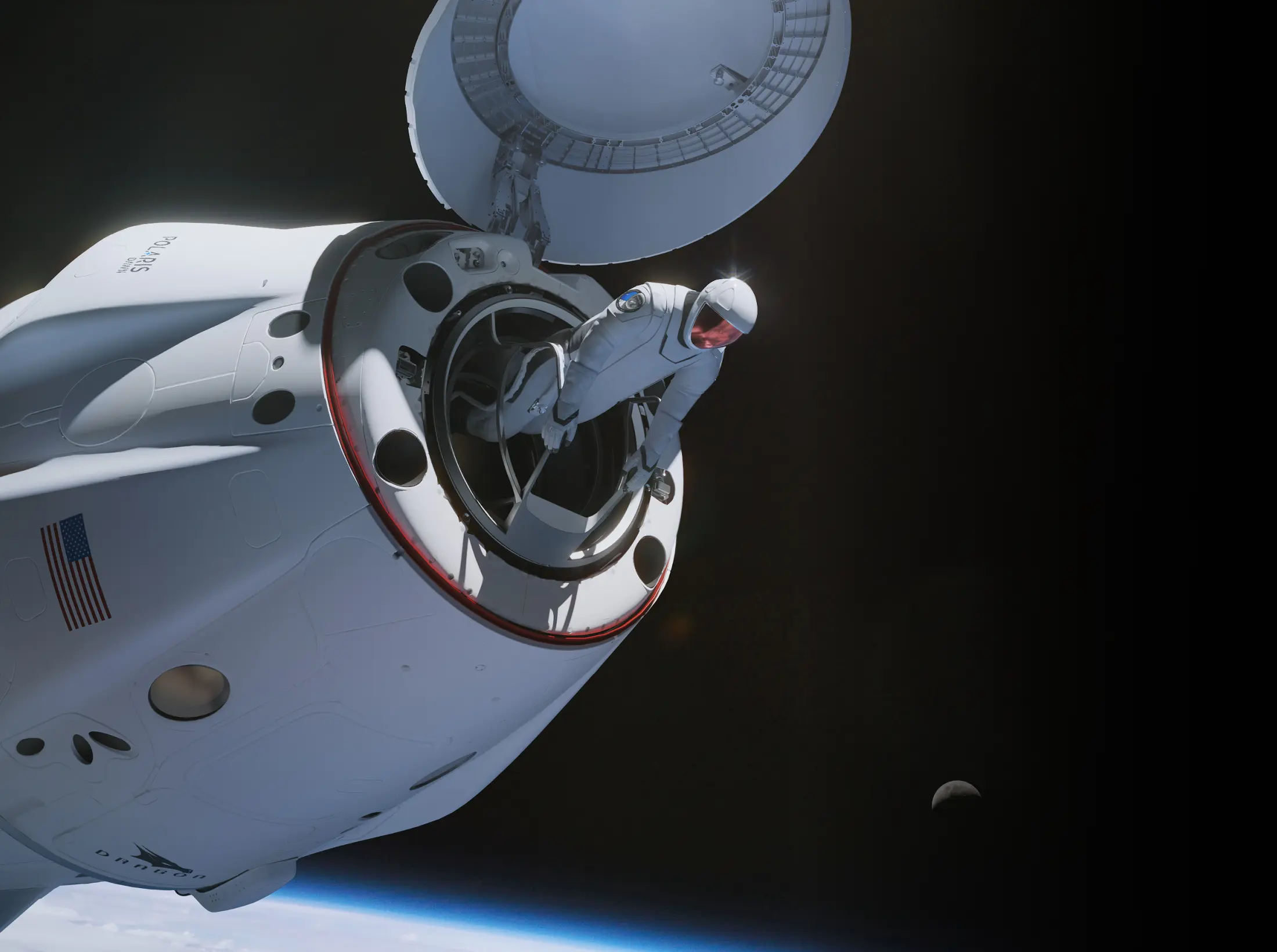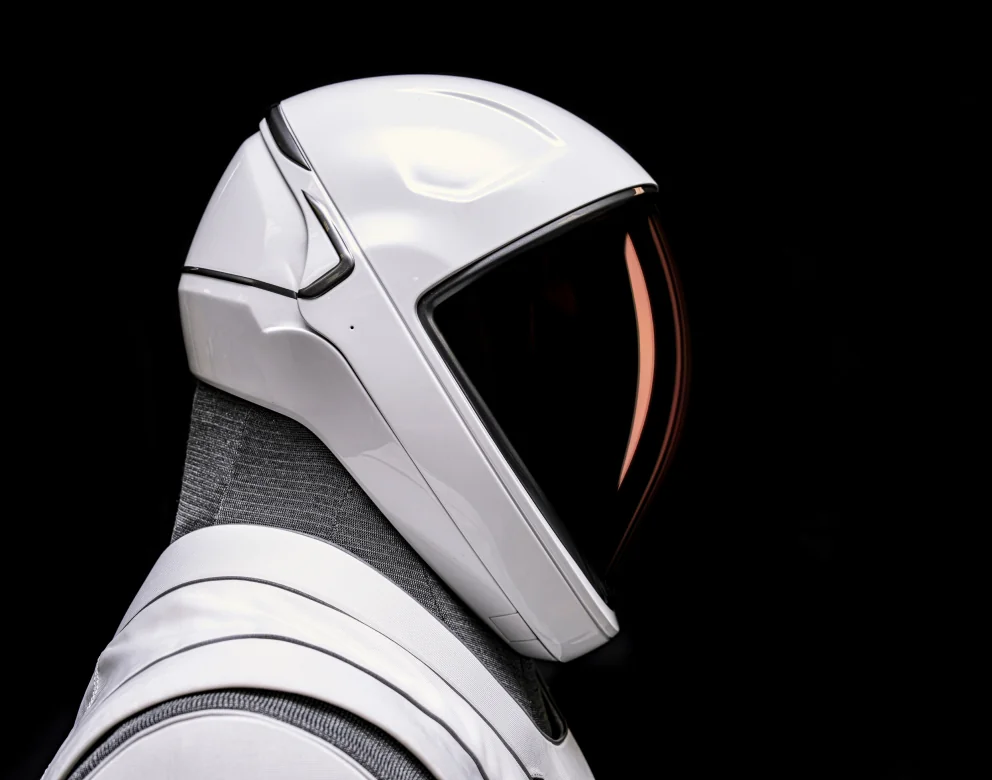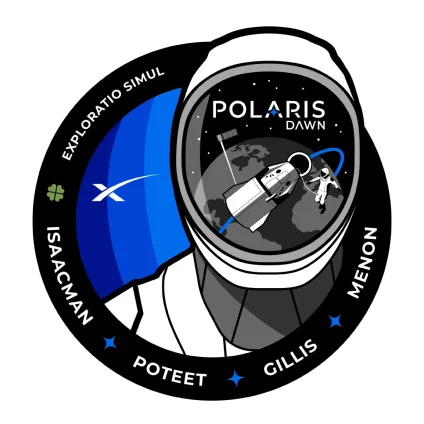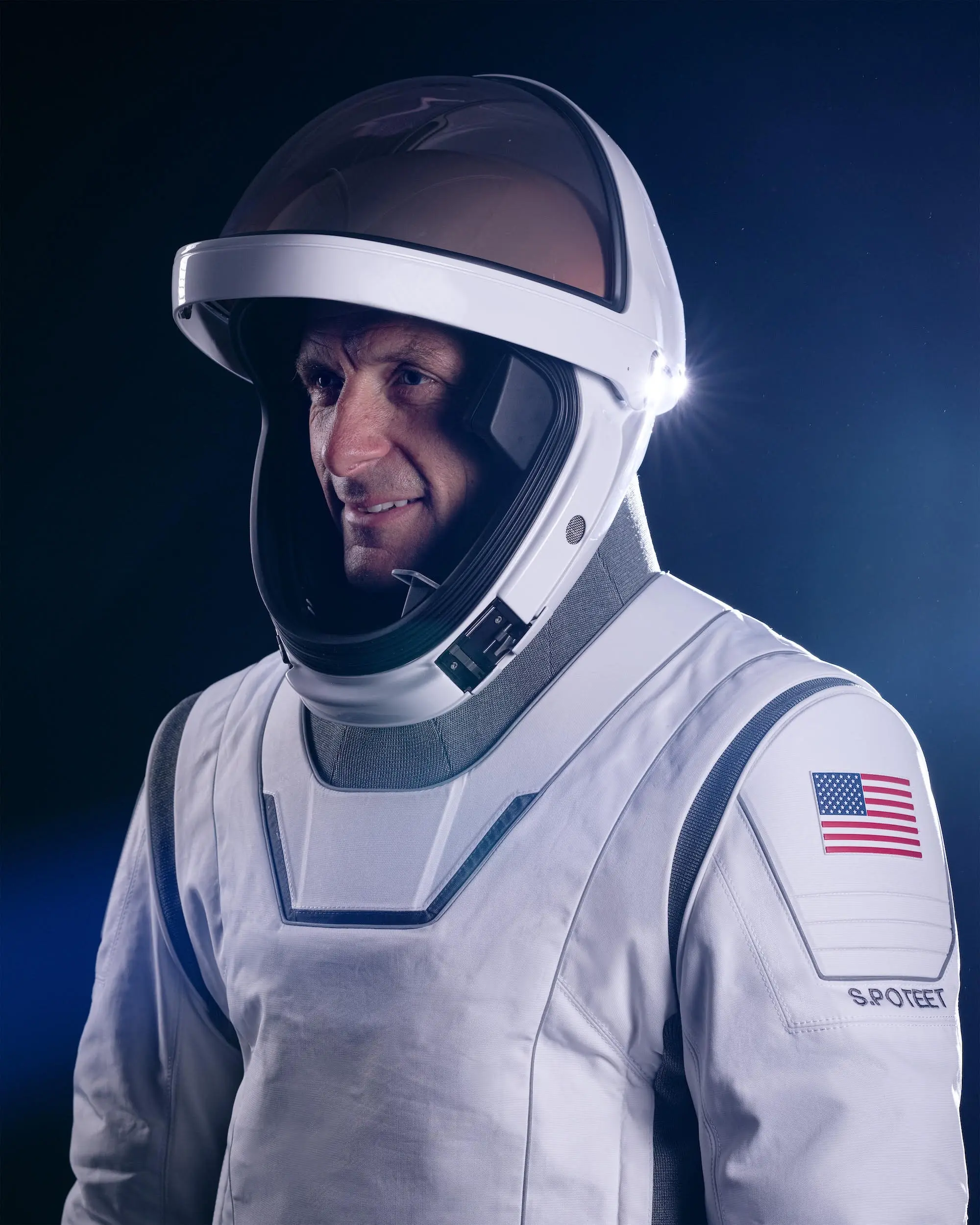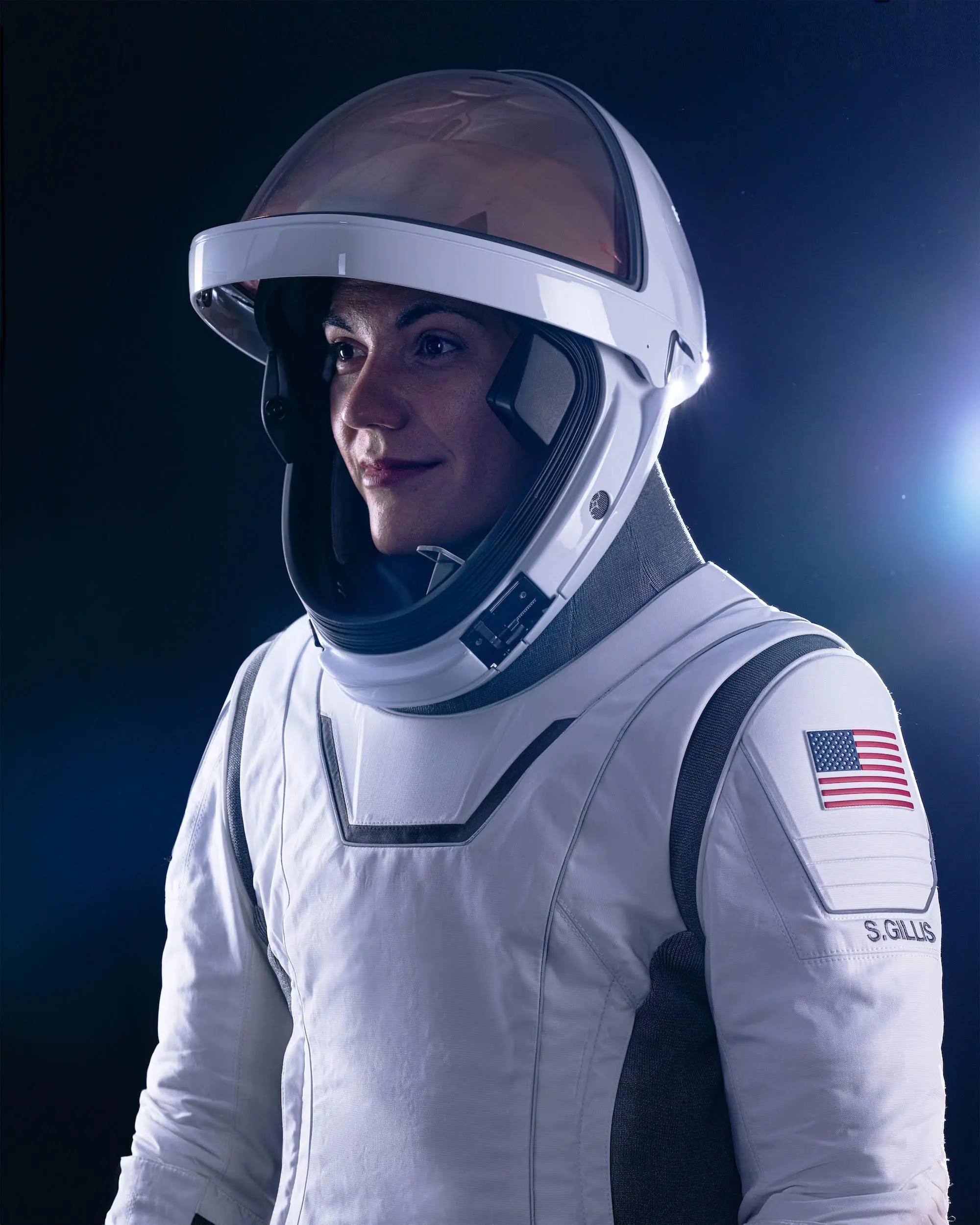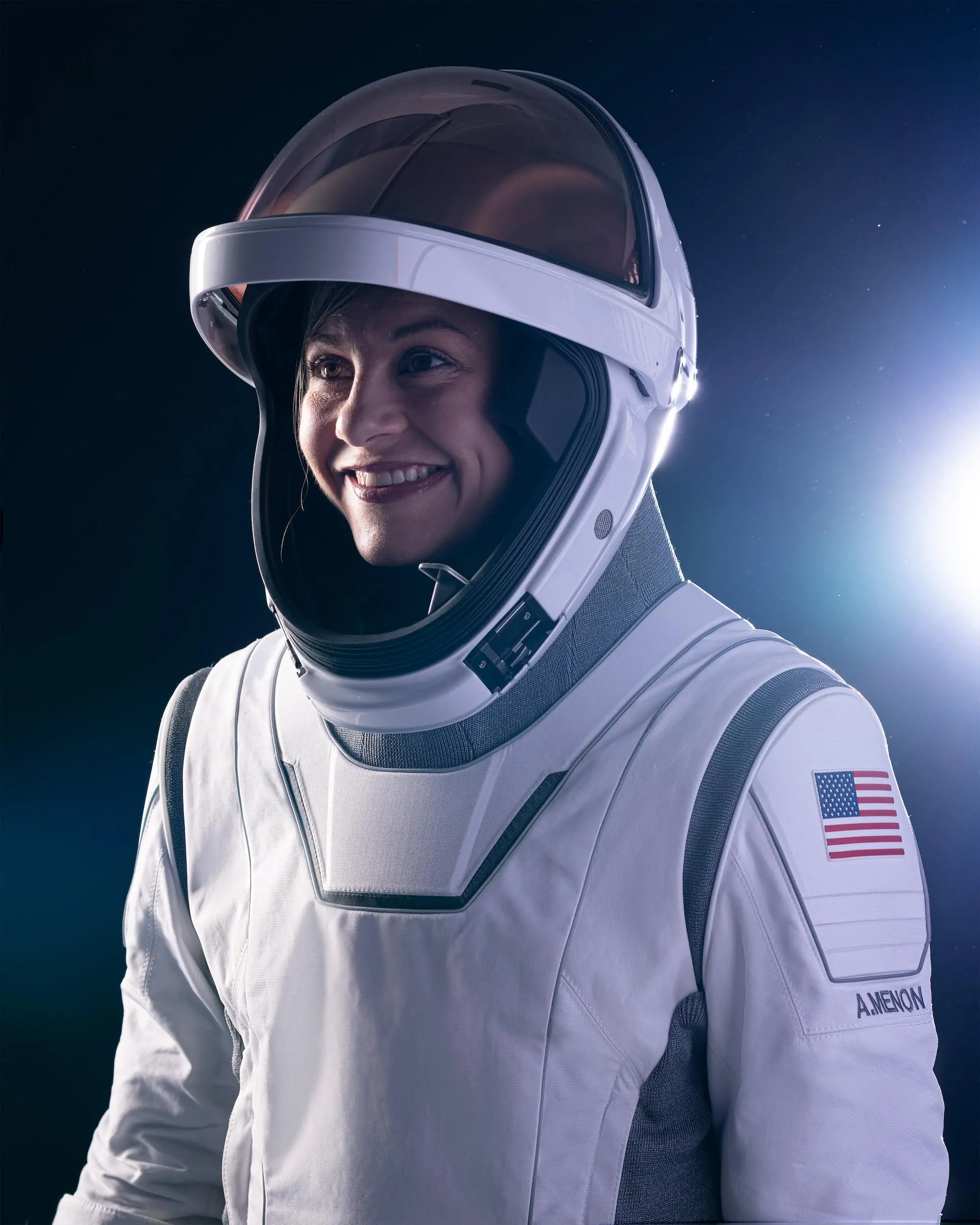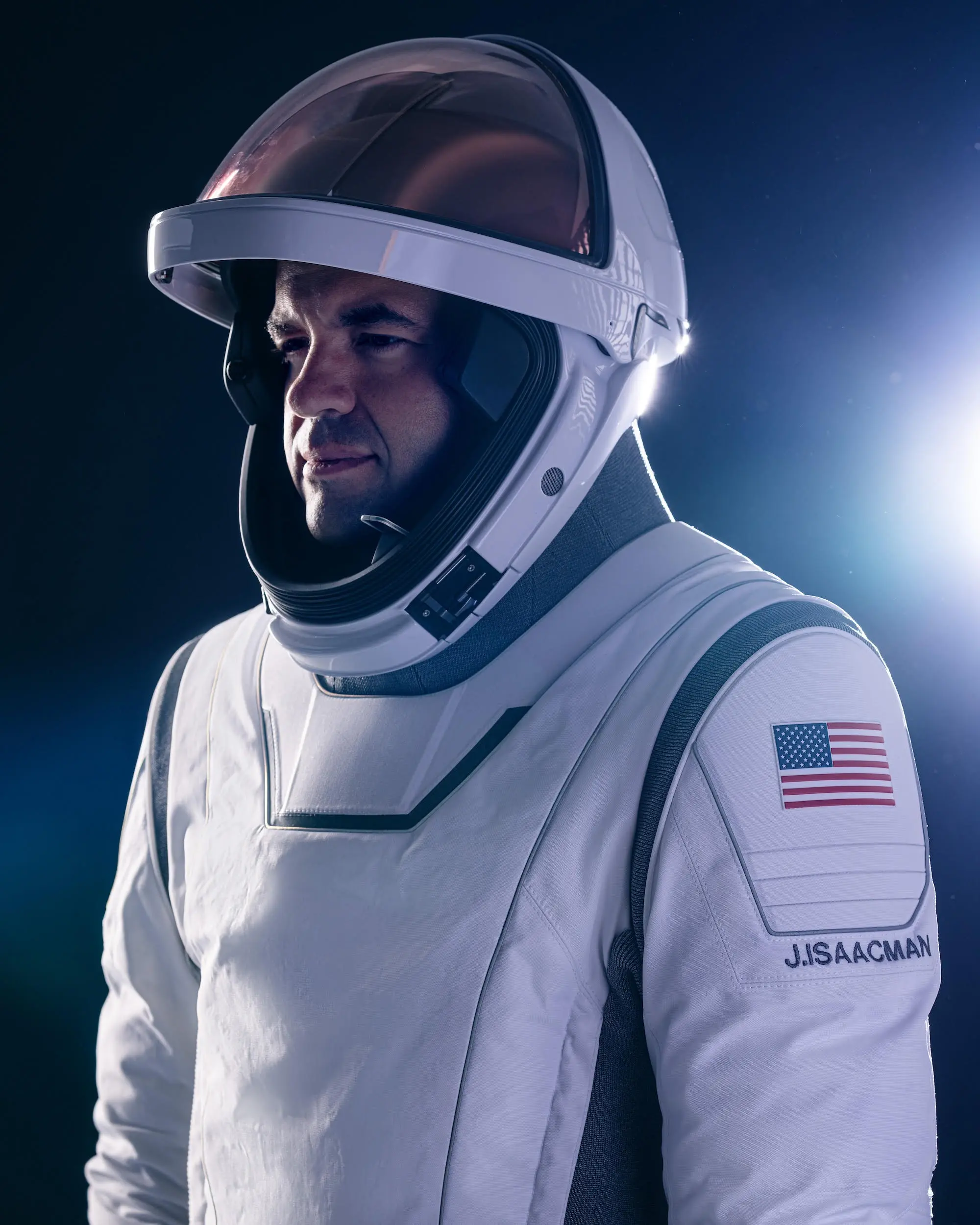
Jared Isaacman
Mission Commander
Jared Isaacman is the CEO of Shift4 (NYSE: FOUR), the leader in integrated payment processing solutions. He is an accomplished pilot & astronaut with over 7,000 flight hours of aviation experience, including ratings in multiple experimental and ex-military aircraft. He was the commander of Inspiration4, the world’s first all-civilian mission to space that helped raise over $240 million for St. Jude Children’s Research Hospital® to help eradicate childhood cancer.
Jared also holds several world records including two speed-around-the-world flights in 2008 and 2009 that raised money and awareness for the Make-a-Wish Foundation. He has flown in over 100 airshows as part of the Black Diamond Jet Team, dedicating every performance to charitable causes. In 2011, Isaacman co-founded what would become the world’s largest private air force, Draken International, to train pilots for the United States Armed Forces.
